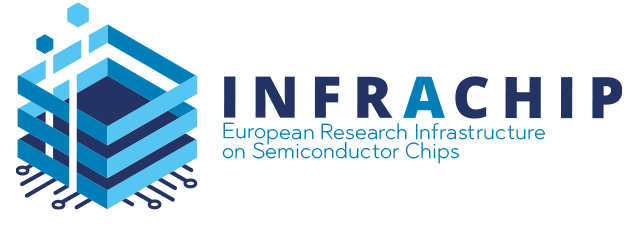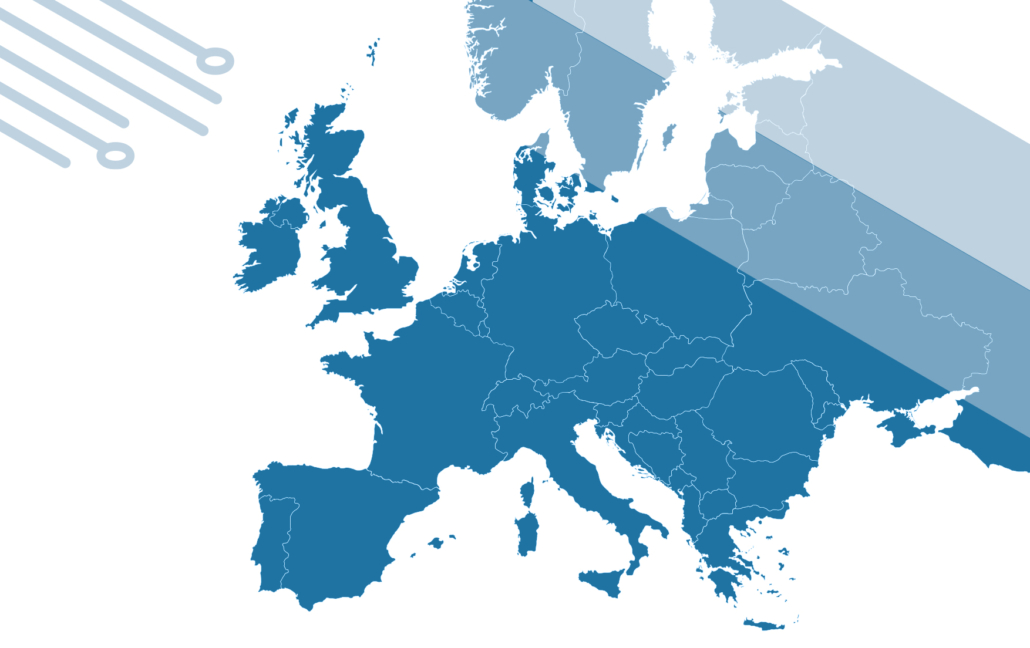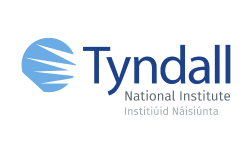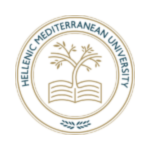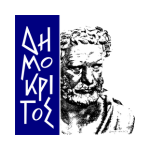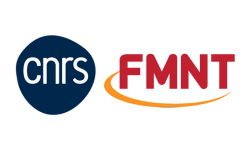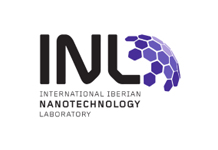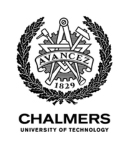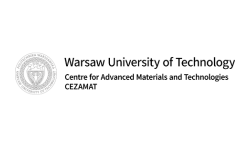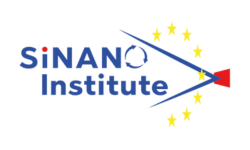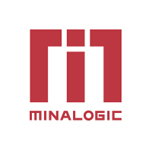The research foundry AMO GmbH is a non-profit SME specialising in R&D for micro- and optoelectronic applications. AMO acts as a pathfinder for innovative technologies for nanoelectronics and nanophotonics applications for the German and European industry. The mission is to demonstrate innovative technologies and to introduce new materials, including their implementation in novel device architectures, prototyping and small volume fabrication. A broad base of advanced semiconductor process technologies is available.
As a research oriented company, AMO efficiently closes the gap between university research and industrial applications. For this purpose, AMO identifies those topics from basic research that seem particularly suitable for industrial implementation and demonstrates these in application oriented technology. In parallel to applied research, AMO engages in groundbreaking research in several FET Open and similar low TRL projects that lay the foundation for high TRL research and transfer to larger industry at a later stage.
One of the main activities at AMO falls within research on More Moore and Beyond CMOS devices in cooperation with leading European academic and industrial partners. The current focus lies on electronic and opto-electronic devices based on two dimensional materials. The strength of AMO lies in the implementation and demonstration of novel devices and architectures at a prototype level. The team has long-standing expertise in nanoelectronic devices, from nanowire / FinFETs to ultra-thin body SOI. Research on new material has led to the demonstration of high-k / metal gate integration. In recent years, AMO has become a global player in 2D materials research for electronics and photonics.
AMO hosts the Advanced Microelectronic Center Aachen (AMICA), a 400m² clean room facility with a large installed base of equipment for semiconductor process technology, including electron beam lithography, optical contact lithography and an i-line stepper, several nano-imprint lithography tools, interference lithography, a thermal evaporator, sputter deposition, two ALDs, three dry etching chambers, various furnaces etc. The equipment is centred on the silicon platform with a long CMOS history, but has been carefully extended in the recent years towards new materials.
![]()
